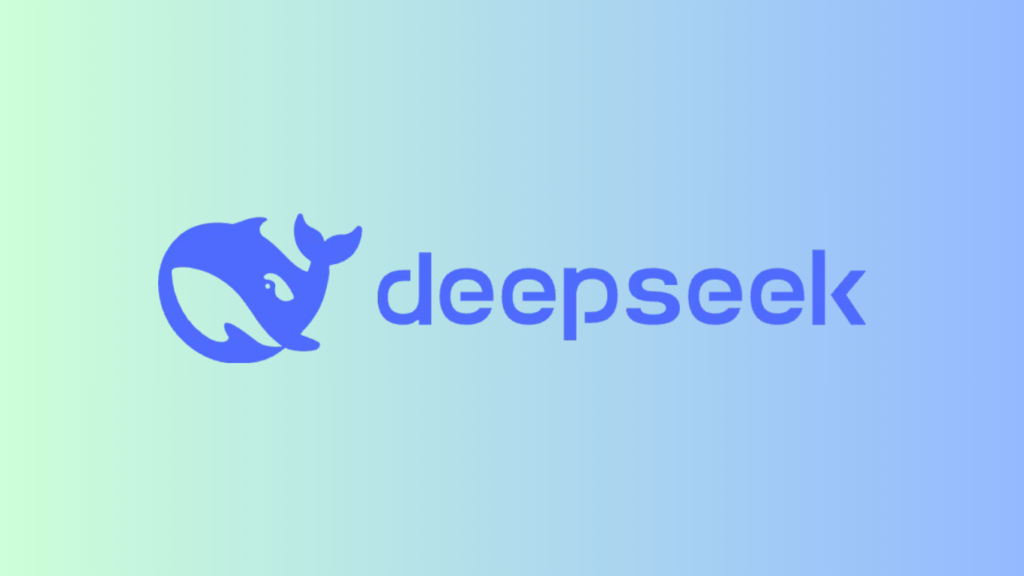DeepSeek, a generative AI chatbot, has rapidly gained popularity due to its impressive capabilities and open-source nature. However, many users have reported slow response times and performance issues. This article explores the reasons behind DeepSeek’s slowness, common problems users face, practical solutions, prevention measures, and tips to optimize the experience.
Common Issues Users Face
1. Slow Response Time
Users often experience delays in getting responses from DeepSeek, which can be frustrating, especially when trying to complete tasks quickly.
2. Server Busy Errors
Frequent “Server is Busy” errors prevent users from accessing the chatbot, making it unreliable during peak hours.
3. Incomplete or Inaccurate Answers
Sometimes, DeepSeek provides incomplete, vague, or delayed responses, affecting its usability.
4. Difficulty in Handling Large Queries
DeepSeek can slow down significantly or fail to generate appropriate answers when dealing with lengthy or complex queries.
5. Security and Privacy Concerns
Due to cyberattacks and security issues, DeepSeek sometimes restricts user access, further contributing to performance issues.
Reasons Behind DeepSeek’s Slowness
1. Surge in User Demand
DeepSeek’s popularity has led to a massive increase in users, overloading its servers. This influx results in slower response times and service interruptions.
2. Limited Infrastructure
Compared to its competitors, DeepSeek operates on a relatively smaller number of GPUs, making it harder to process multiple queries simultaneously.
3. Cybersecurity Challenges
Frequent cyberattacks on DeepSeek have forced developers to impose limitations on registrations and access, further slowing down the service.
4. Censorship and Content Filtering
As an AI developed in China, DeepSeek enforces strict content filtering to comply with government regulations. This filtering process takes additional time, leading to delays.
5. Integration and Compatibility Issues
Users integrating DeepSeek with other software may experience slow performance due to compatibility problems.
Solutions to Improve Performance
1. Upgrade Server Infrastructure
DeepSeek developers must expand their server capacity and upgrade hardware to handle high traffic more efficiently.
2. Optimize Query Processing
Implementing better AI optimization techniques can help speed up response times, making the chatbot more efficient.
3. Enhance Cybersecurity Measures
Stronger cybersecurity measures will prevent disruptions from cyberattacks and improve reliability.
4. Reduce Content Filtering Delays
Improving the AI’s ability to filter content quickly can significantly reduce response delays.
5. Better Integration with External Software
Ensuring seamless integration with various platforms can prevent slowdowns when using DeepSeek in conjunction with other applications.
Prevention Measures
1. Load Balancing Techniques
Developers should implement load balancing to distribute traffic evenly, preventing server overload.
2. Scheduled Maintenance and Updates
Regular system updates and maintenance can help prevent downtime and improve efficiency.
3. Implementing Regional Servers
Setting up multiple regional servers can reduce latency and provide faster response times for users worldwide.
4. Stronger Anti-DDoS Protection
Enhancing security against distributed denial-of-service (DDoS) attacks can prevent service disruptions.
Tips for Users to Improve Experience
1. Use During Off-Peak Hours
Accessing DeepSeek during non-peak hours can help users get faster responses.
2. Break Large Queries into Smaller Parts
Instead of submitting long queries, breaking them into smaller chunks can improve response accuracy and speed.
3. Ensure a Stable Internet Connection
A slow or unstable internet connection can further impact response times. Using a high-speed network helps optimize performance.
4. Clear Cache and Cookies
Regularly clearing browser cache and cookies can improve DeepSeek’s speed on web-based versions.
5. Keep Software Updated
Ensure that you’re using the latest version of DeepSeek and any related applications to benefit from performance improvements.
Conclusion
DeepSeek’s slow performance is primarily due to high user demand, infrastructure limitations, cybersecurity issues, and strict content filtering. While developers must take steps to improve performance, users can also follow best practices to optimize their experience. By implementing the solutions, preventive measures, and tips outlined above, both developers and users can work towards a smoother and more efficient DeepSeek experience.

I’m Ryker Alden, a writer, and contributor at DeepSeek Insider, where I craft queries, troubleshoot problems and create accessible tutorials. With a passion for artificial intelligence, machine learning, and large language models (LLMs), I focus on breaking down complex AI concepts into clear, simple language to engage and educate a broad audience.

